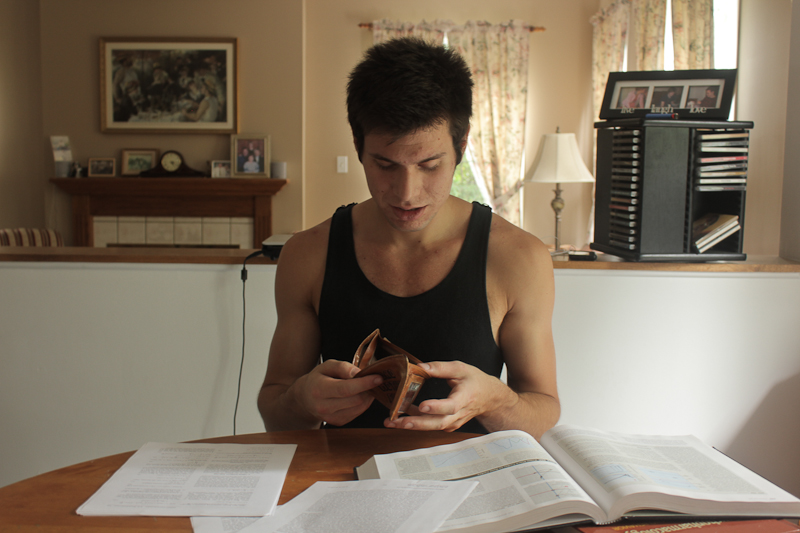Ontario university students pay the highest tuition fees in all of Canada—collectively, students pay almost as much money as the province funds schools.
According to Statistics Canada, 31 per cent of university funding comes from tuition payments while 32 per cent comes from the province. The final 37 per cent comes from donations or other avenues of revenue such as business within the university.
Jen Carter, the vice-president (external) for the Ontario Undergraduate Student Alliance (OUSA), said the organization is concerned about these figures.
“It is the mission of the OUSA to provide accessible and affordable post-secondary education to all willing and able students in Ontario,” Carter said.
According to Carter, the OUSA is mainly concerned with the imbalance in financial contributions at Ontario universities.
“Of the provinces in Canada, Ontario contributes the least amount of money to PSE based on their GDP,” Carter said. “The current system has resulted in an average student debt for those who rely on student loans in Ontario to be at $27,000.”
Carter said this massive debt is not solely the fault of individual universities, but Ontario’s flawed “funding formula.”
On the other hand, Taryn Ashdown, an out-of-province third-year human rights student at Carleton University said Ontario students should not complain about high tuition rates.
“Not all provinces have established programs like Ontario does for students,” Ashdown said. “Many complain about OSAP but Ontario students don’t realize how lucky they are to have such a program to help students financially.”
Ashdown said she is not eligible to receive funding from the Ontario Student Assistance Program (OSAP) because she is an out-of-province student.
“I make a sacrifice every summer to go work in Fort McMurray, Alberta to be able to afford the luxury of attending university,” Ashdown said.
Emma Rae, an in-province second-year humanities student at Carleton said that OSAP does not always work that well for all students.
“I don’t qualify for OSAP although I’m in financial ‘rocky waters’ since OSAP only considers parents’ income, not student income or debts,” Rae said.
Rae said she is worried that tuition will continue to rise.
“I worry that I won’t be able to pay for my future children’s education down the road,” Rae said.
In the 2013-14 academic year, undergraduate and graduate students received more than $45 million in financial assistance from Carleton, according to Steven Reid, a media relations officer at Carleton.
Reid said Carleton students received another $96 million in loans and grants from OSAP and the Ontario Tuition Grant last year.
Despite these financial assistance options, Reid said the problem is that there is no clear cut way to make attending university easier on student bank accounts.
Related stories:






